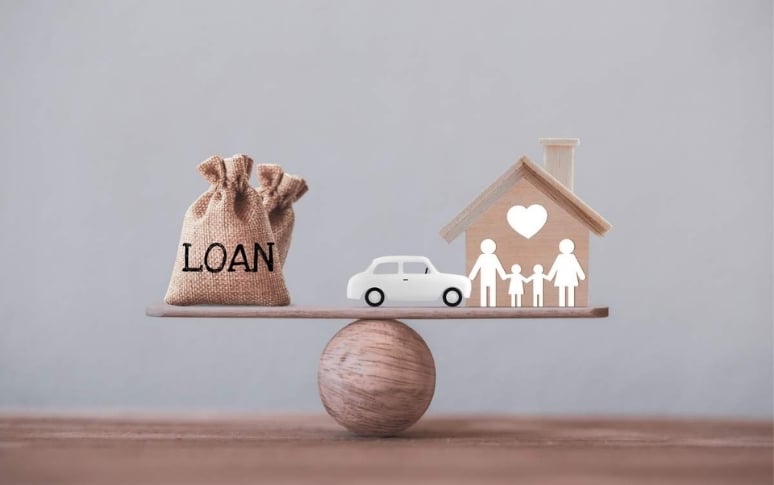1. Understanding Car Title Loans
Car title loans use your vehicle as collateral for short-term loans ($500-$1,000) with extremely high APRs exceeding 300%. Most require repayment within 15-30 days, creating tight deadlines that many borrowers can't meet.
Unlike standard secured loans, title loans are designed to be difficult to pay off quickly. Lenders typically require outright vehicle ownership and target individuals with low income and poor credit who have limited financial options.

2. The Dangerous Mechanics of Title Lending
When obtaining a title loan, you surrender your car title while keeping the vehicle. The loan amount typically represents only 25-50% of your car's value, creating a significant cushion for the lender.
Most loans due within 30 days often force borrowers to "roll over" into new agreements, adding substantial fees each time. Research shows the average borrower pays $1,200 in fees for just a $1,000 loan, demonstrating how quickly costs spiral out of control.

3. The Real Cost of Title Loans
With typical interest rates of 25% per month, a $1,000 loan requires $250 in finance charges after 30 days. Rolling over the loan adds another $250 the following month, meaning $500 in fees without reducing your principal balance.
These costs consume approximately 50% of an average borrower's monthly income, creating an almost impossible financial burden. The cycle typically continues until the borrower either pays several times the original amount or loses their vehicle to repossession.

4. The Risk of Vehicle Repossession
The most devastating consequence is losing your vehicle. If you default, lenders can legally repossess your car without warning in many states, regardless of how much you've already paid.
Losing your transportation creates a cascade of problems affecting employment, medical appointments, and family responsibilities. This often leads to worsening financial circumstances, particularly in areas with limited public transportation, potentially affecting your ability to meet basic needs.

5. Personal Loans as a Safer Alternative
Traditional personal loans offer significantly safer borrowing with clearly defined terms, reasonable interest rates (typically under 36% APR), and manageable repayment periods of 2-5 years, allowing consistent, predictable payments.
While personal loans consider credit history, many lenders offer options for less-than-perfect credit without risking essential assets. Successfully repaying a personal loan helps improve your credit score over time, creating a positive financial cycle rather than a destructive one.

6. Emergency Assistance Programs
Before considering high-interest loans, explore emergency assistance programs that address immediate needs without creating long-term debt. Many communities offer resources for utilities, housing, food, and sometimes cash grants.
Contact local community action agencies, religious organizations, and nonprofits specializing in emergency relief. Government programs like LIHEAP help with utility bills, while housing authorities might offer rent assistance. For medical expenses, many hospitals have financial assistance programs for qualifying patients.

7. Negotiating with Existing Creditors
Directly negotiating with creditors often yields better results than taking on additional high-interest debt. Most established companies have hardship programs for customers experiencing temporary financial difficulties, including payment extensions, fee waivers, or interest rate reductions.
Contact creditors before accounts become severely delinquent. Utility companies frequently offer payment arrangements, medical providers prefer payment plans over collections, and even mortgage lenders have forbearance options that can temporarily reduce or suspend payments during hardships.

8. Building Financial Resilience
The best long-term solution is developing greater financial stability through emergency savings and improved credit. Start with just $500-1,000 in emergency funds to prevent common financial emergencies from requiring loans.
Work on improving your credit score by making consistent payments, reducing credit card balances, and avoiding numerous new accounts. Consider secured credit cards or credit-builder loans if rebuilding damaged credit. Many credit unions offer financial education programs with personalized guidance for your specific situation.

9. Alternative Borrowing Options
When you genuinely need to borrow, several alternatives offer better terms than title loans:














